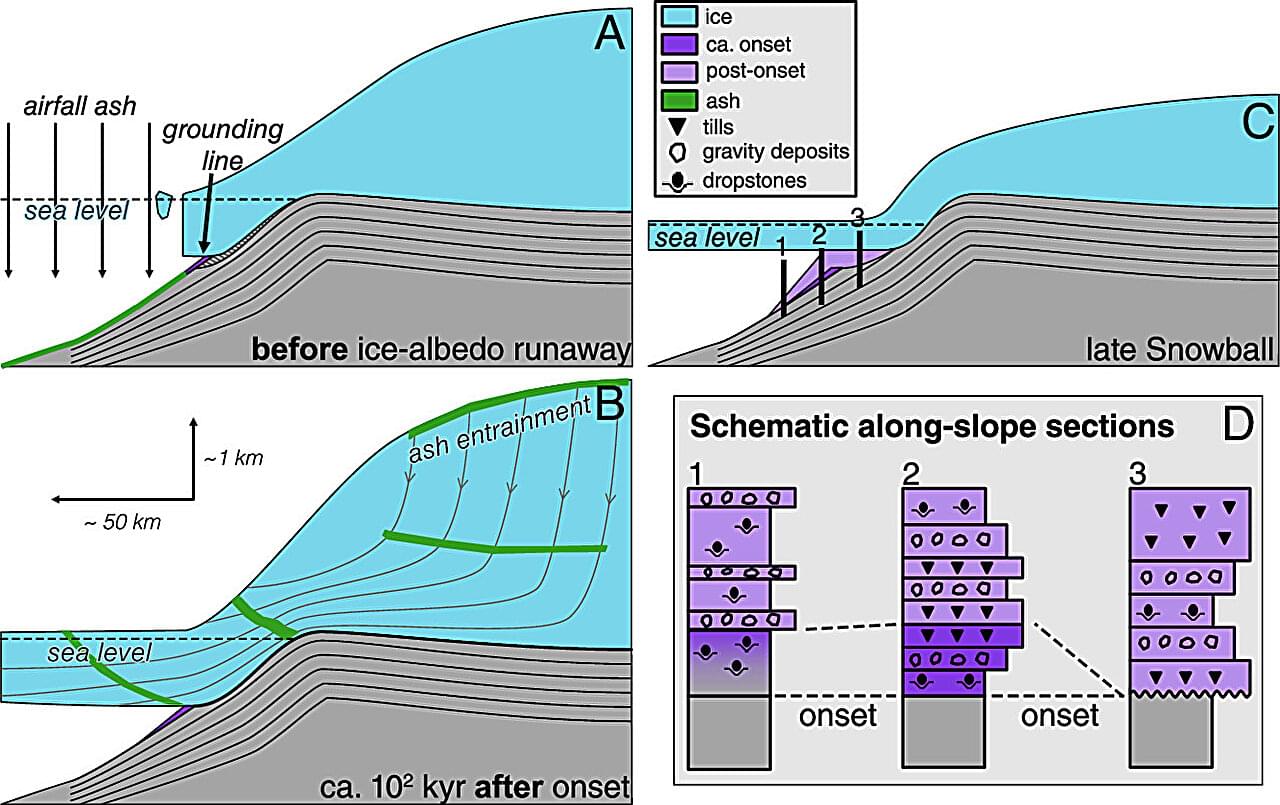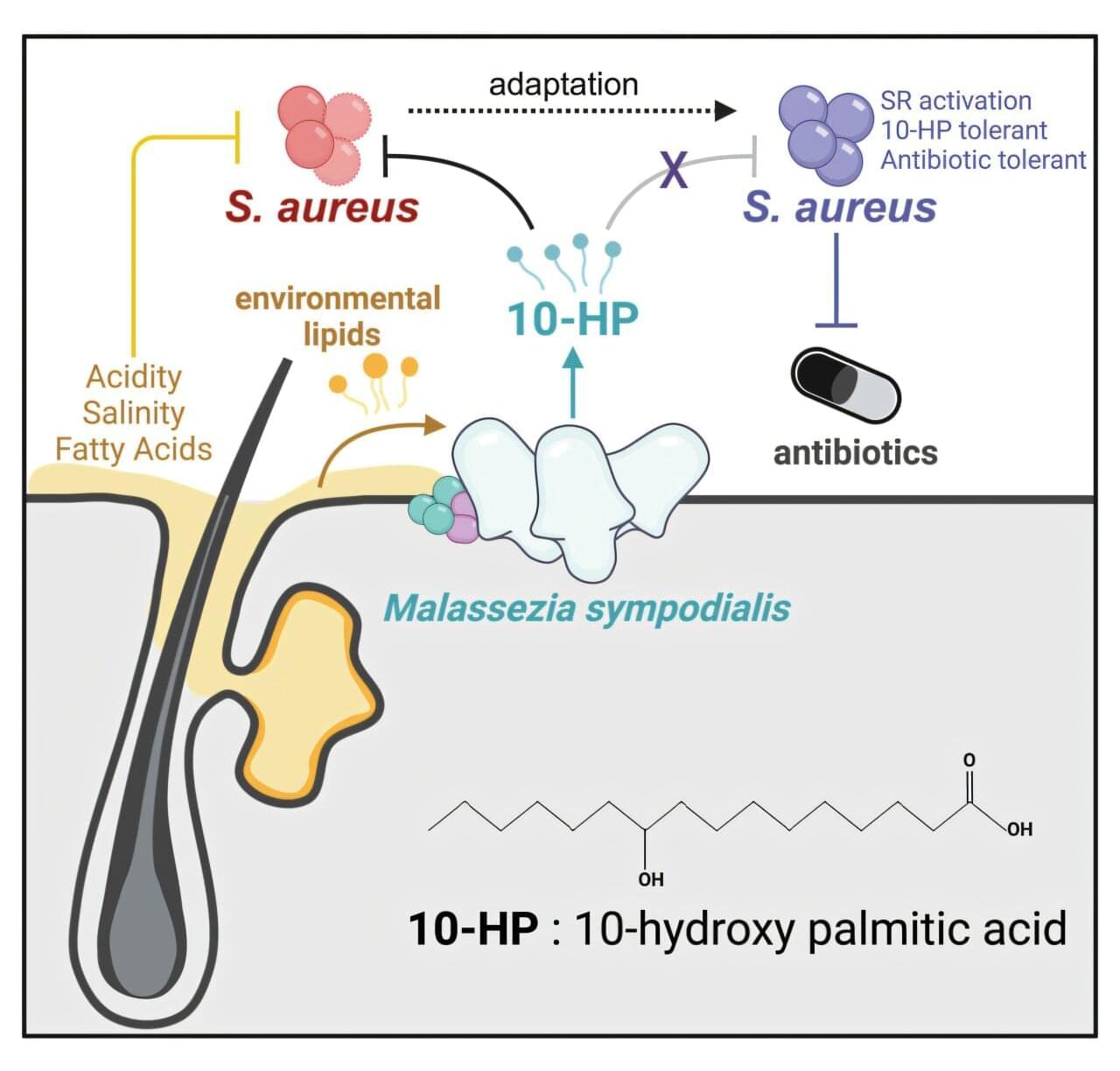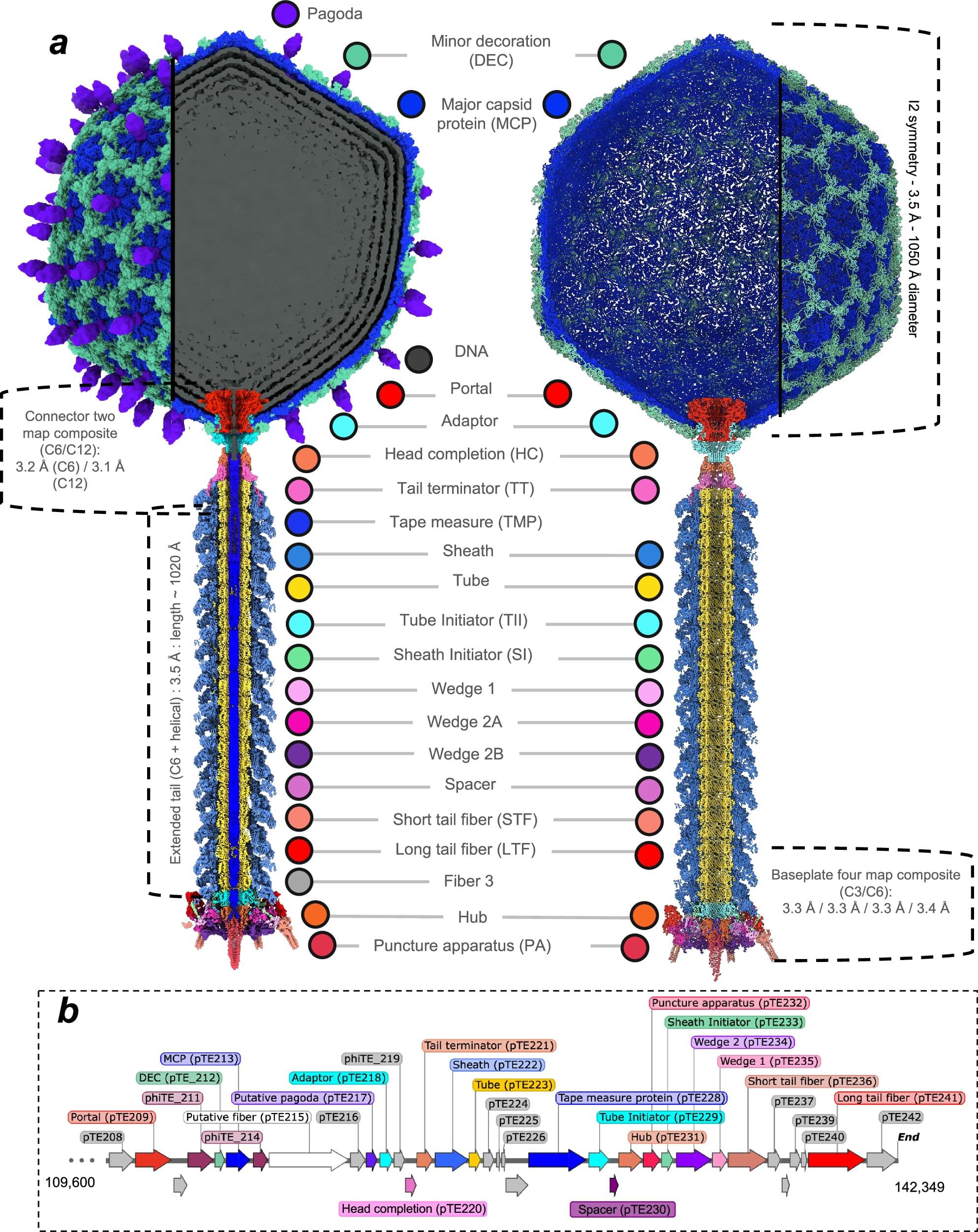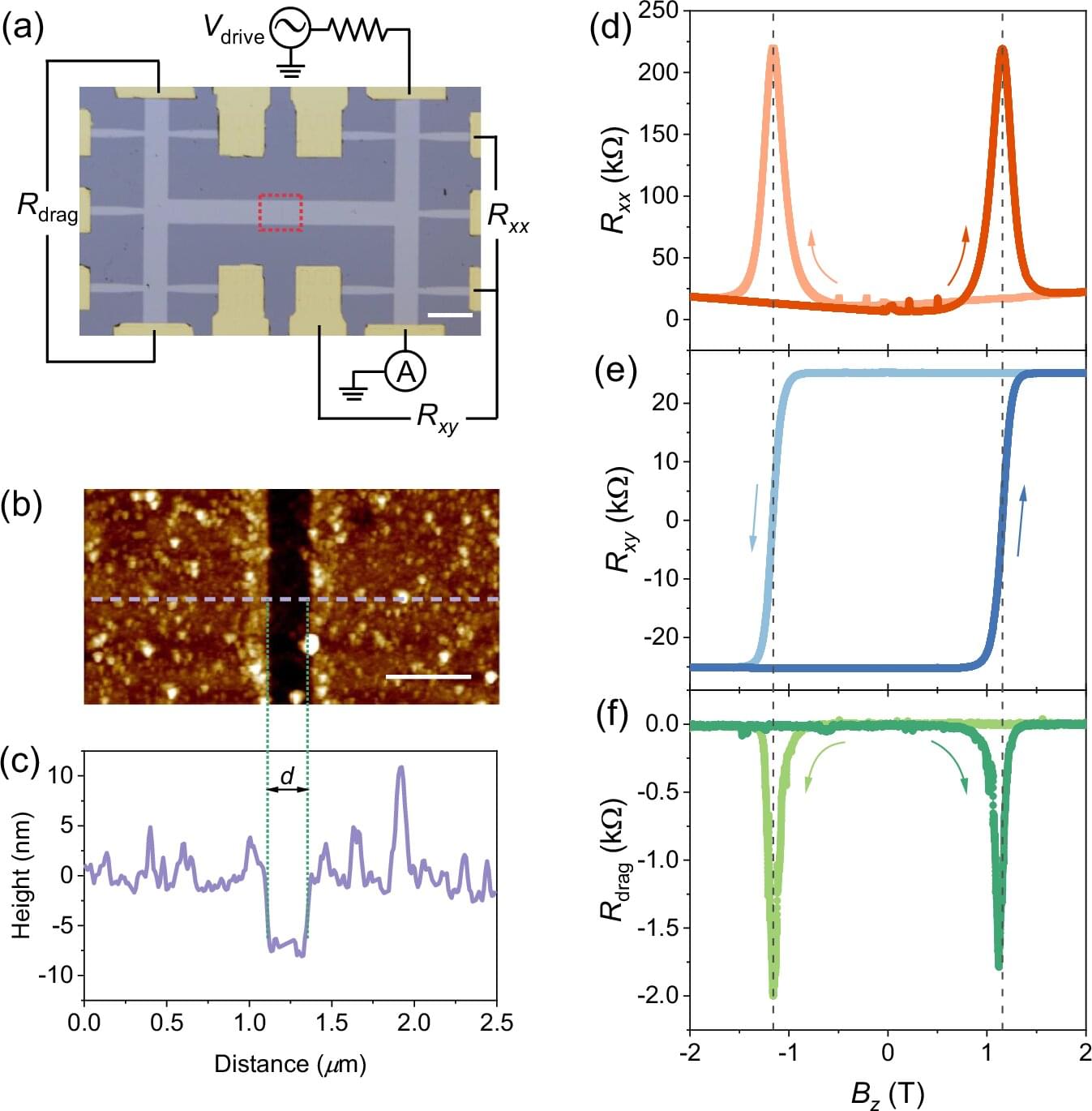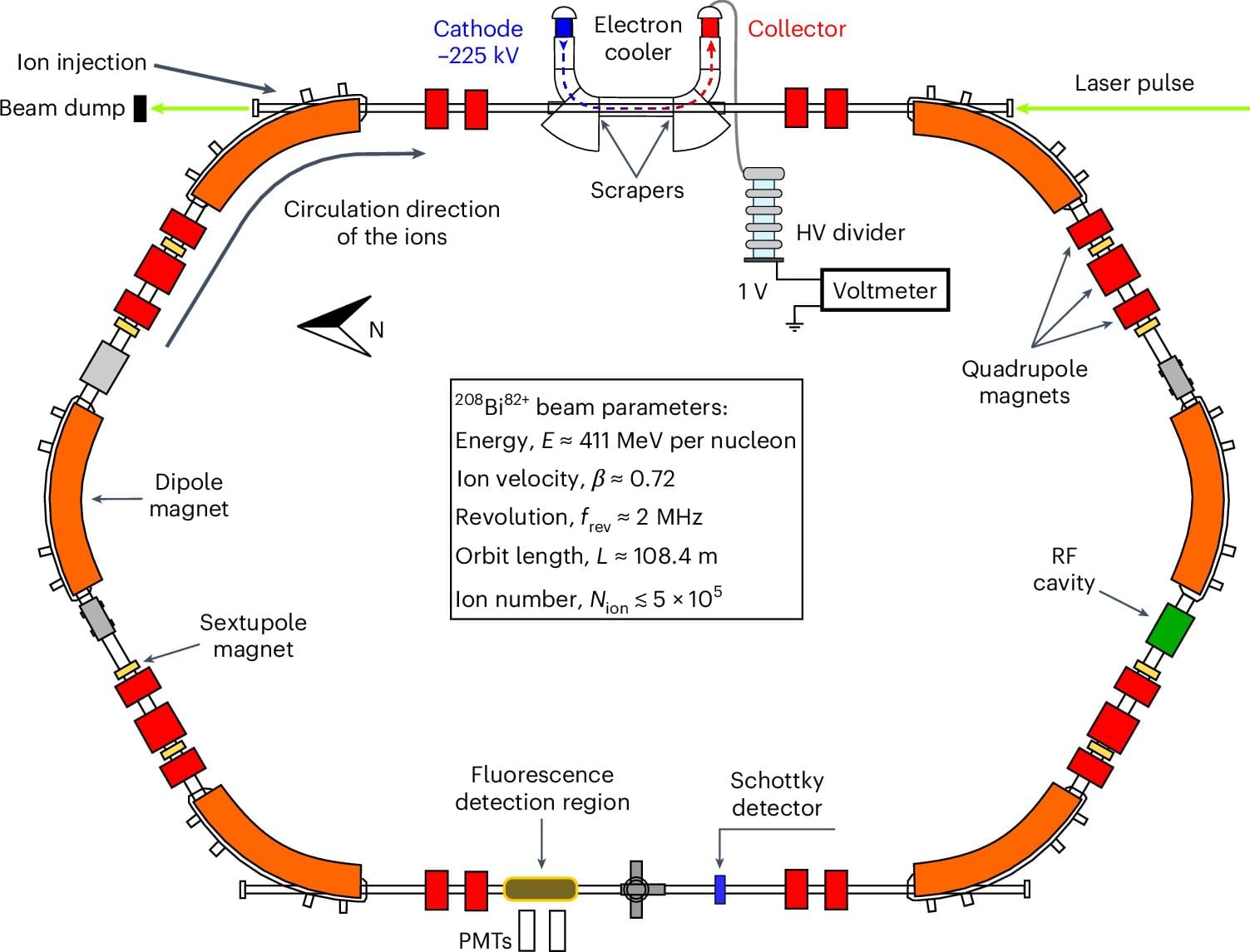Humans are known to make mental associations between various real-world stimuli and concepts, including colors. For example, red and orange are typically associated with words such as “hot” or “warm,” blue with “cool” or “cold,” and white with “clean.”
Interestingly, some past psychology studies have shown that even if some of these associations arise from people’s direct experience of seeing colors in the world around them, many people who were born blind still make similar color-adjective associations. The processes underpinning the formation of associations between colors and specific adjectives have not yet been fully elucidated.
Researchers at the University of Wisconsin-Madison recently carried out a study to further investigate how language contributes to how we learn about color, using mathematical and computational tools, including Open AI’s GPT-4 large language model (LLM). Their findings, published in Communications Psychology, suggest that color-adjective associations are rooted in the structure of language itself and are thus not only learned through experience.

